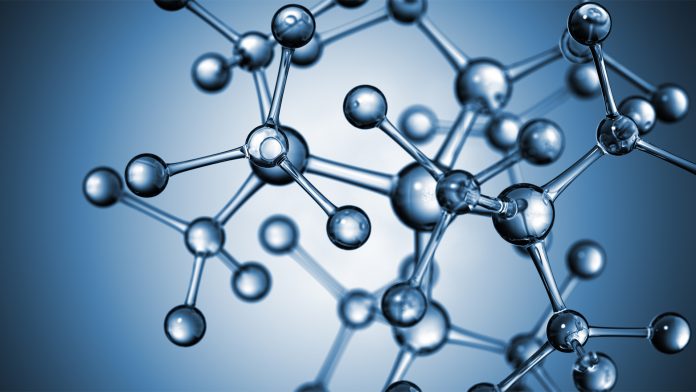Physicists at the International Muon Ionization Cooling Experiment (MICE) have developed a method of quickly depleting the energy from muons.
Muons are particles that possess a negative charge. Despite their similarity to electrons, muons are 200 times heavier. The MICE research paper, published in Nature, is the first demonstration of ionisation cooling.
Ionisation cooling is a technique that allows researchers to control and manipulate muons. This technique may allow researchers to control the muons for further collider applications.
“If something is prohibitively expensive, so that you could never hope to build it, then that is not how we’re going to get to where we want to be with exploring the high-energy frontier. It’s got to be affordable,” says Robert Ryne, a physicist at Lawrence Berkeley National Laboratory and author of a commentary accompanying the research paper reporting the MICE results.
Making particle physics more efficient
Muon colliders which offer better performance, while also having a reduced carbon footprint, open a new world within particle physics. Unlike protons, which have a positive charge and are composed of quarks and gluons, muons are fundamental particles, meaning they could produce clean, high-energy collisions potentially leading us to new discoveries in Higgs boson or neutrinos.
The “The use of accelerated beams of electrons, protons or ions has furthered the development of nearly every scientific discipline. However, high-energy muon beams of equivalent quality have not yet been delivered.
According to the research paper published in Nature: “Muon beams can be created through the decay of pions produced by the interaction of a proton beam with a target. Such ‘tertiary’ beams have much lower brightness than those created by accelerating electrons, protons or ions.
“High-brightness muon beams comparable to those produced by state-of-the-art electron, proton and ion accelerators could facilitate the study of lepton–antilepton collisions at extremely high energies and provide well characterised neutrino beams.”







